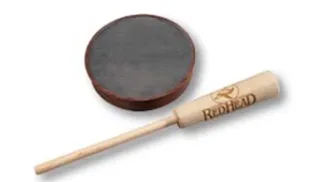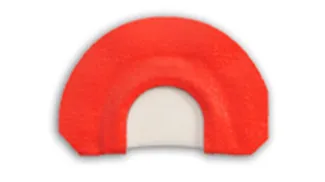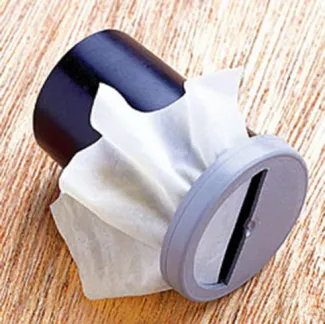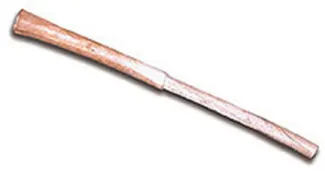Calling involves imitating the vocalization made by female birds during the breeding season. A wide range of sounds are made by hens, and with practice, a hunter should be able to repeat them all. Knowing when to make which call is another part of the challenge that becomes honed with experience. However, a number of audio and videotapes are available to assist those with a desire to learn different calls and when to use them.
One of the most interesting things about turkey calling is that a certain device or vocalization may work perfectly one day but not the next. For this reason, veteran hunters often carry more than one kind of call. Also, they remain versatile for the duration of the hunt, changing the sounds they make until they find one that works.
Occasionally a hunter will hear success stories involving calls made from turkey wing bones, empty snuff boxes, and even drinking straws but most of the calls utilized by modern hunters are commercially made. These calls are widely available through sporting goods stores and catalogs.
Commercial turkey calls may be divided into a number of basic types and each may have its own advantages and disadvantages. A rundown of the most popular calls follows.

Slate calls - Another friction-type call these are more difficult to use but often produce the sounds necessary to bring a gobbler in close. In damp conditions a slate call is a poor choice and like a box call movement is required to operate one.

Diaphragm or mouth call - These calls fit inside the hunter's mouth and are operated using breath, tongue and lips. These are the most versatile calls reproducing every sound a live turkey can make, both loudly and softly. They free the hunter's hands and require no movement which could be spotted by a bird. On the downside they are difficult to learn to use and could cause chocking if lodged inside the mouth. Nevertheless, these calls are considered the best and most reliable by many veterans.

Tube call - It is a tube with latex stretched over the calling end. With it, a hunter can make virtually every sound in a turkey's vocabulary from yelps to purrs to gobbles. Using a tube call takes practice and patience.

Wingbone - More than 50 years ago, it was said the wing bone call and its variations were one of the most widely used turkey calls found. While a wing bone call comes in many variations, the traditional call is as it implies, made from the wing bone of a wild turkey. The bones from a hen seem to work better than a gobblers as they are smaller.